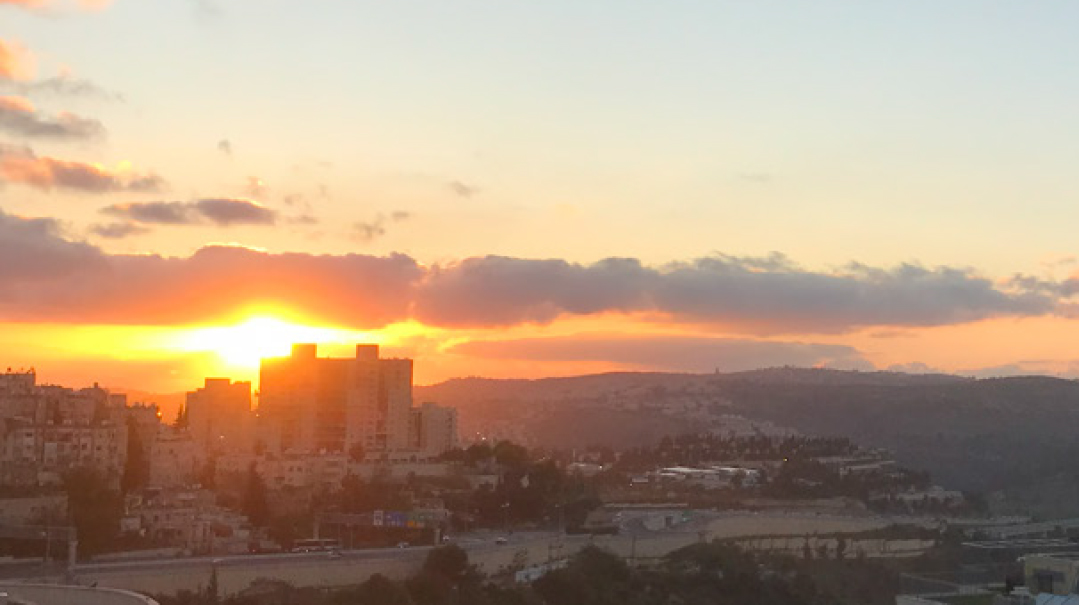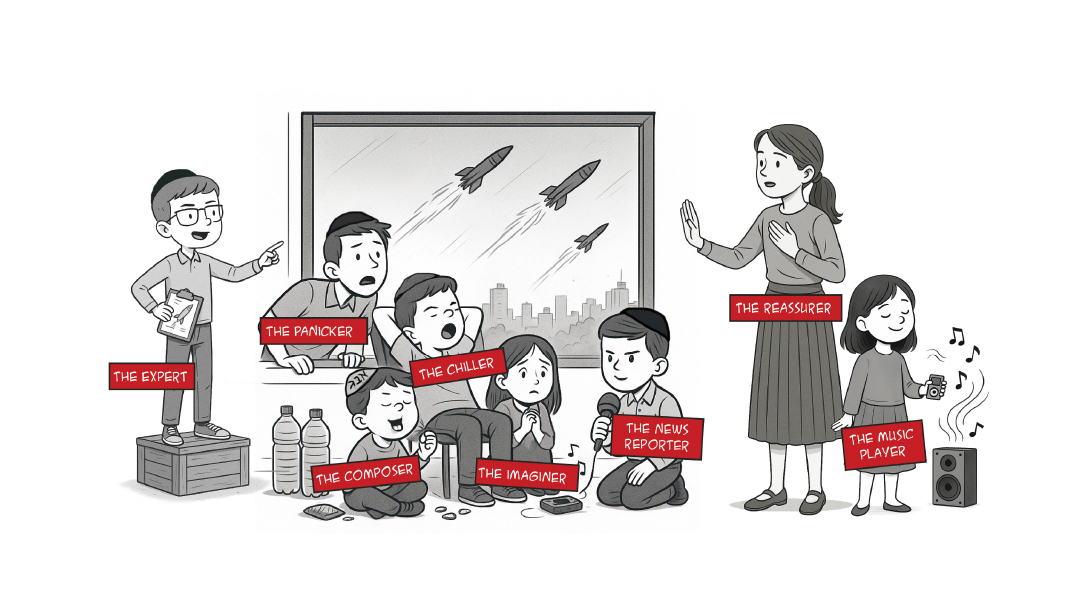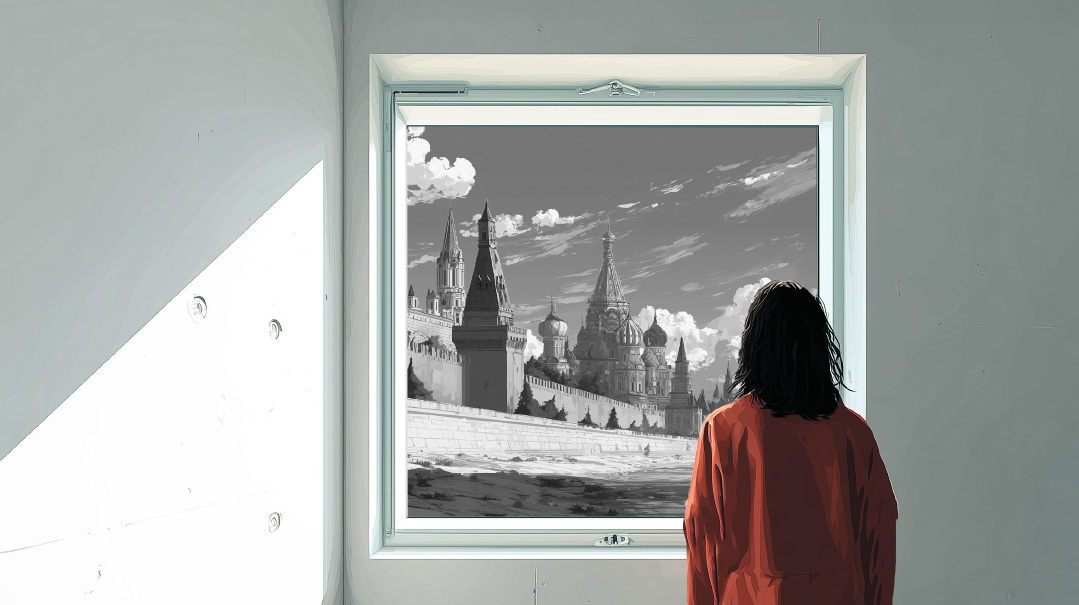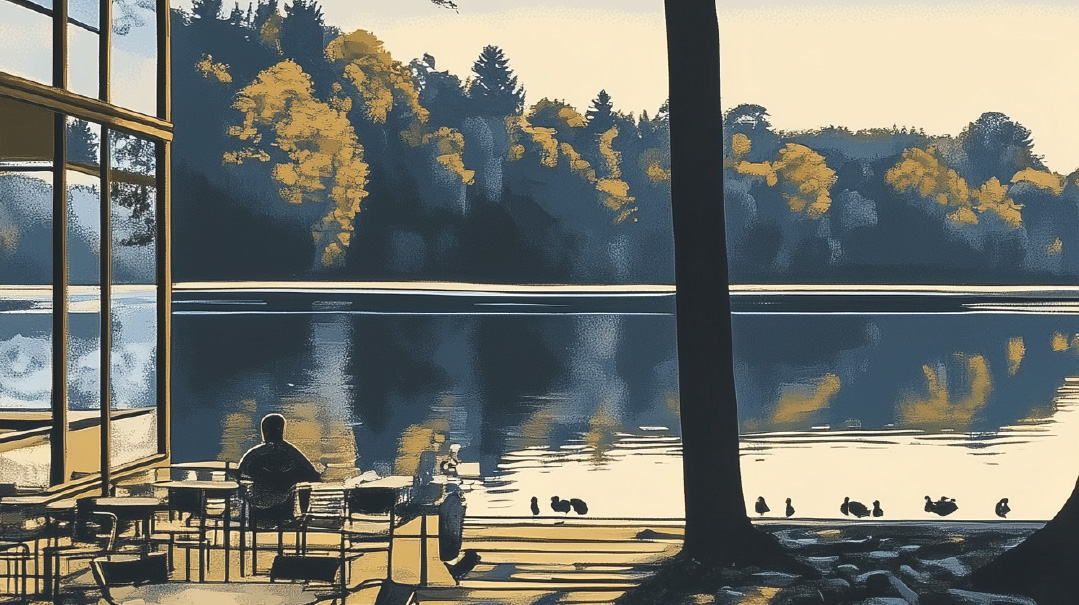View of Jerusalem

To have a view to the entrance of the grandest city is to agree to see it all

Y
ou know the road at the entrance to Jerusalem, the one with Bruchim Habaim formed out of stone on one side, the tumbling vista of a valley on the other?
You know that feeling of ascending that road, of winding between mountain and valley, of seeing verdant lowlands in a haze of sunshine, or a million lights at night, a view that never fails to awe?
That’s what I saw when I stepped out onto a porch in an apartment we were viewing. Set just atop the road that enters Jerusalem, taking in the widest expanse, from the iconic Chords Bridge on the left, to the kever of Shmuel Hanavi on a distant hill on the right. In between that, the rolling, rising, Lifta valley, the arched bridge for the train, Alp-like, the surrounding mountains. Yerushalayim, harim saviv lah….
I couldn’t get enough.
The apartment itself, the specs, those were secondary.
“Can you see the sunset from here?” I asked the agent.
We moved in and we had our light show every evening. The sun could be blinding white, or fiery red, the whole sky an unfurling canvas, shifting and changing by degrees. Some days, the oranges, the pinks, were so soft, pastel, filling you with tenderness inside.
In those first weeks, I snapped a thousand pictures. From this angle, from that, playing around with panorama settings. Friends groaned as I clogged our group with pictures.
“A view is something you get used to,” someone said. “After a while you don’t see it anymore.”
Not me. I couldn’t get enough of the pink glow bathing my home. Trees, mountains, trains, traffic. The sky living and breathing, its own being.
Oops! We could not locate your form.







